by Jackie Schwartzstein, Vertebrate Ecology Lab
Most of us remember the song from childhood:
'Toe bone connected to the foot bone, Foot bone connected to the leg bone, Leg bone connected to the knee bone…'
But here at MLML the students in the Marine Birds and Mammals class (MS 112) are quickly finding that what we learned as kids just doesn’t seem to apply anymore! The skeletons of birds, marine mammals, and turtles are MUCH more complicated than the sweet little bones ditty implies. Have the animals changed since I was in fourth grade?! What exactly IS the ‘foot bone’, anyway?!
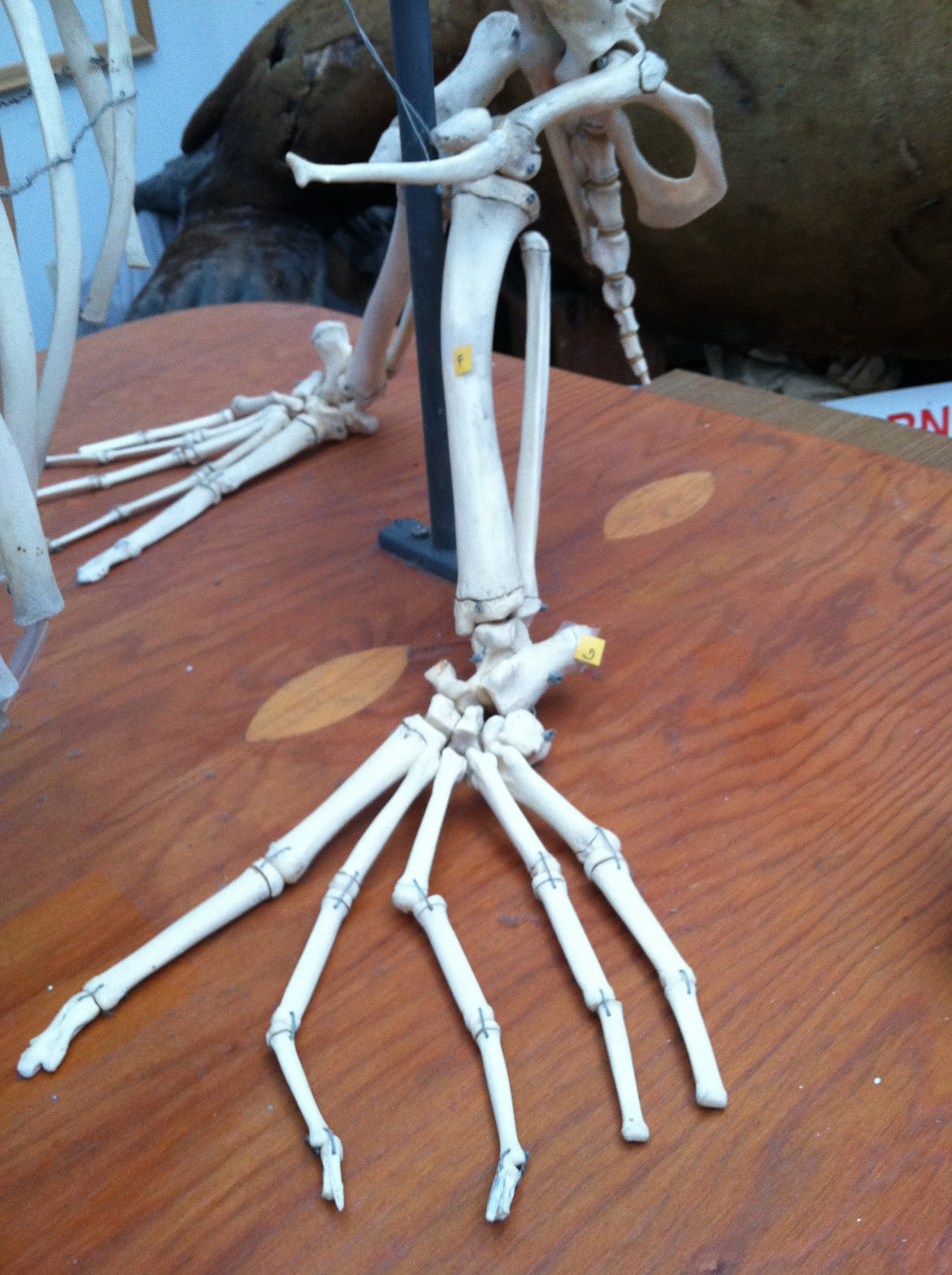
Photo by Jackie Schwartzstein
Can you find the foot bone?
In the introductory course on Marine Birds and Mammals (affectionately deemed the ‘air breathers class’) we are committing significant time and brain-power to learning about the skeletons of the marine critters that we study Moss Landing. We are very fortunate to be studying this topic here at the marine labs because MLML has skeletons of all shapes, sizes, and species for us to look at.
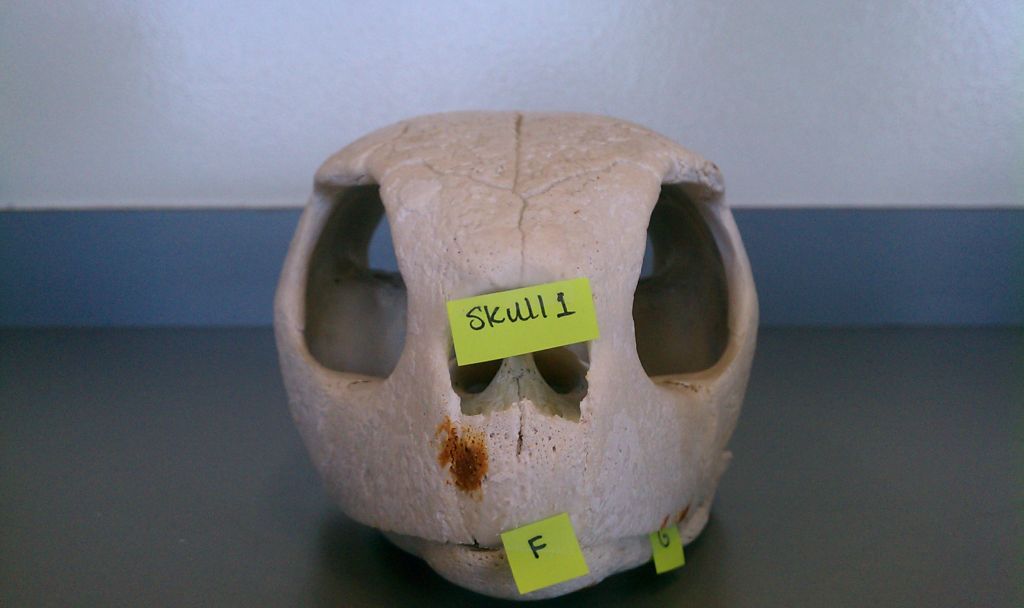
Our ever-expanding museum collection is full of specimens collected (respectfully and ethically – we aren’t mad scientists!) over the past 30 years.
Why do we have such an extensive collection?
Studying bones and preserved specimens can give scientists important clues about how marine birds, turtles and mammals live in the ocean, even if we cannot directly observe them! And in practice it is much less spooky than it might first appear...
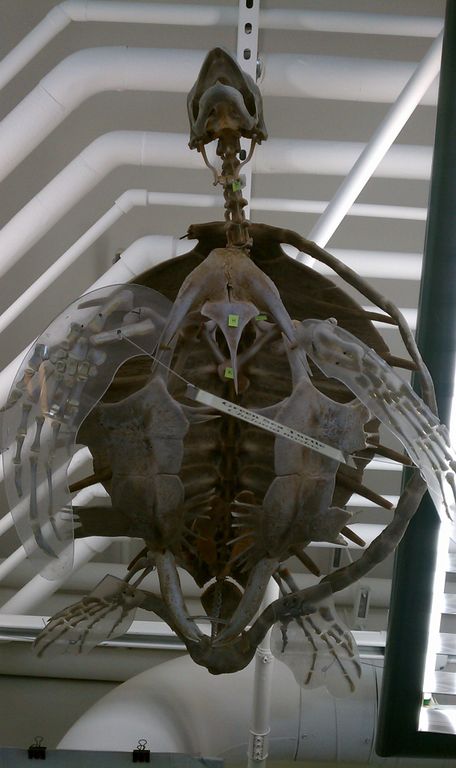
Photo by Laura Duffy
If we take the time to look closely at the shape of a turtle’s shoulder and forelimb, we can imagine the size and shape of the tissues that attach to those bones. From there we can theorize about how the turtle swims, or even how it digs a nest!
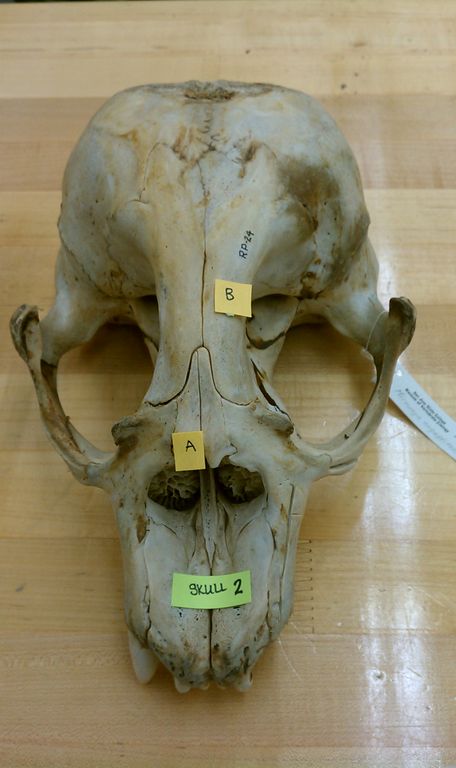
Photo by Laura Duffy
By comparing different pinniped (seals and sea lions) skulls, we can identify features of the skull that are similar and use this information to figure out which species are most closely related.
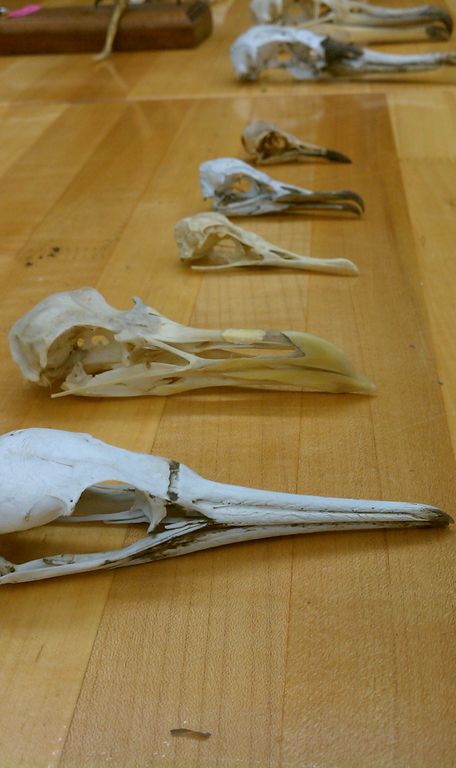
Looking at the beaks of different species of marine bird can tell us something about how they might feed and preen.
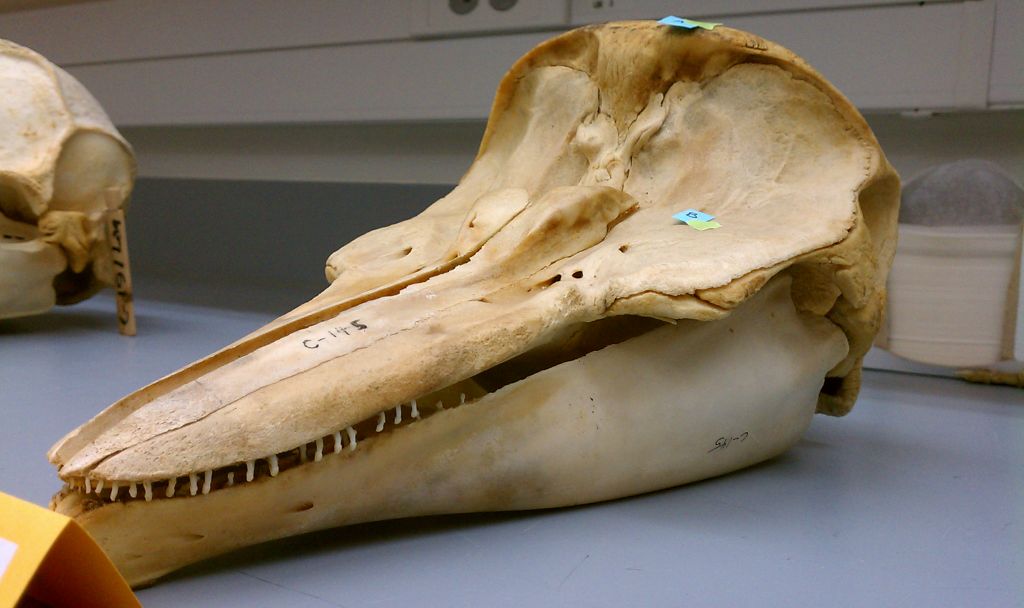
For highly cryptic or shy animals that are difficult to observe at sea, these bones and theories may be all we know about the animals until we can see them for ourselves. There are several species that no one has been able to observe during key stages of the life cycle!
If you or your affiliated institution is interested in utilizing our collection, we have a loan program through our Marine Biological Collection. Find out more here!
To my fellow lab members - Happy Bone Studies!
* All specimens were collected under NMFS permits *

